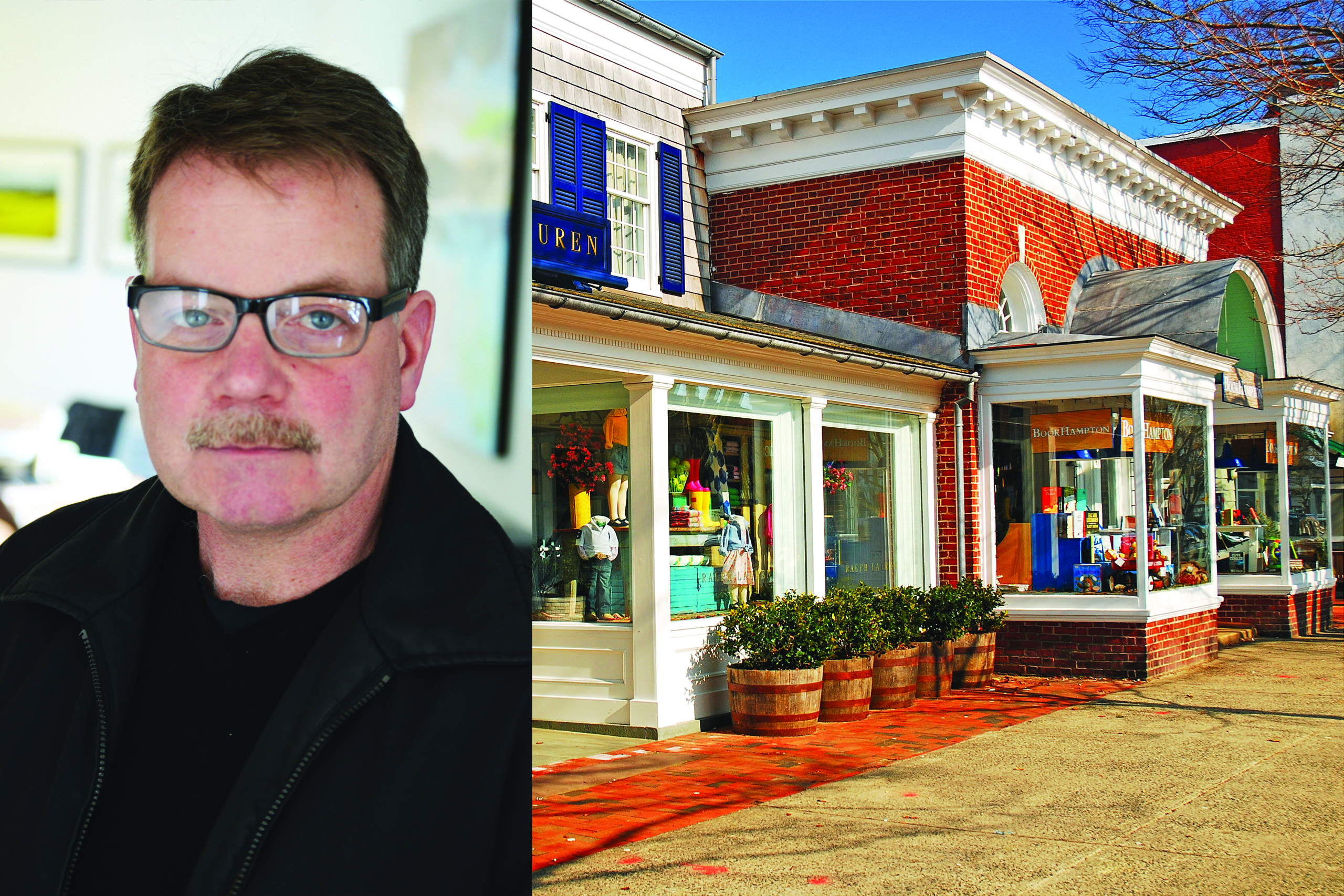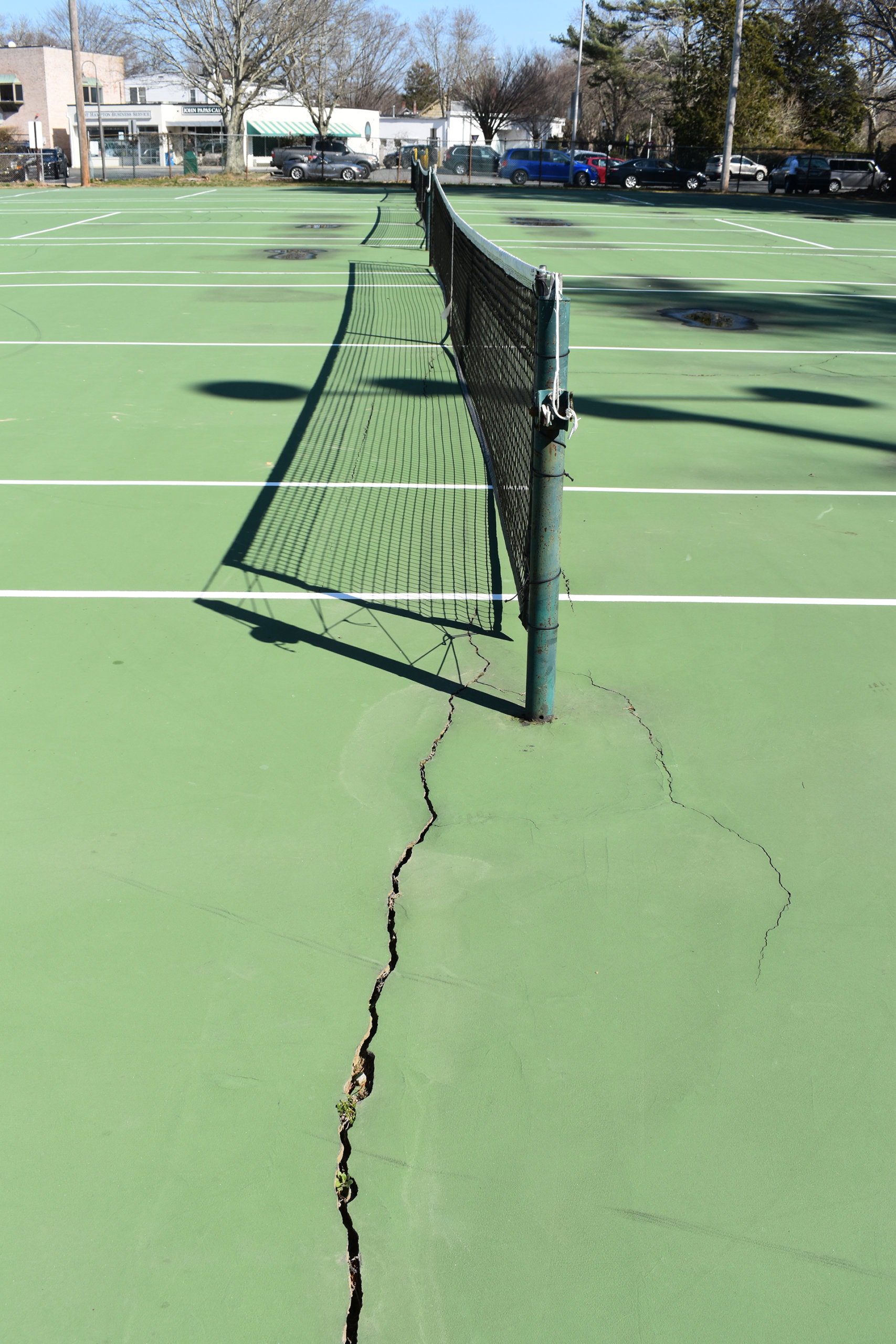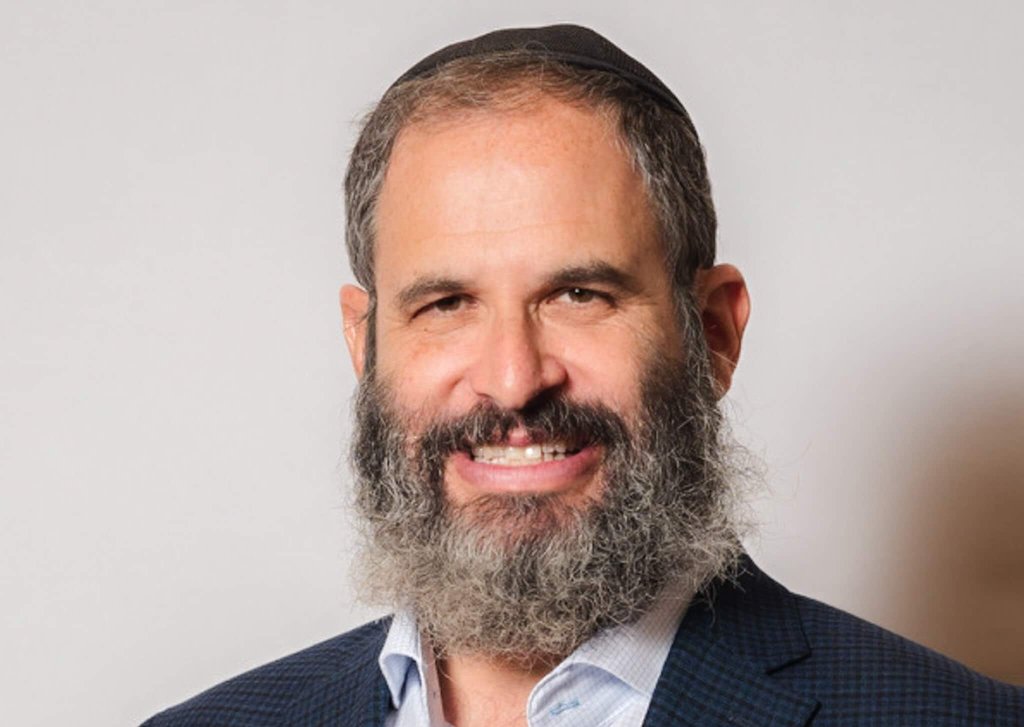Mayor Jerry Larsen Talks Redesigning East Hampton Village

Five months into his first term as the mayor of the Village of East Hampton, Jerry Larsen has a great many projects in the works for summer 2021 and beyond. He discusses plans for paid village parking, permanent outdoor dining and a long-awaited redesign of Herrick Park.
How have you and the East Hampton village board re-envisioned village parking and outdoor dining, and will the changes be in place by this summer?
We’re introducing paid parking for the first time ever in our village, so we finally have it ironed out legally how we can do this. Basically, it’s going to be May 15 through September 15, $2 per hour. Village residents will get two hours for free, and town residents will receive two hours for free, which is the same thing they’re getting right now. Then they’ll have the ability, if they want to stay another hour, to pay for the third hour, which is $2. People who don’t fall into those categories would be non-residents, and we have plenty of free parking, but if they choose not to use the free parking, they would have to pay $2 per hour upon parking.
Outside of those areas—so prior to May 15 and after September 15—we are going to have free three-hour parking the rest of the year, so that’ll go a long way in helping the merchants allow customers to park for a longer period of time. It was a big hit when we did it as soon as we took office in September this year. We met a lot of positive feedback on it, so we’re going to continue that and make that actual law. [Note: The maximum parking time allowed year-round is three hours.]
We’re also going to legislate outdoor dining and make it permanent. The past village board was not in favor of outdoor dining, so when the pandemic hit, they did do it, mostly at the urging of Steve Bellone who made it a very simple process. They put it into place, but we’re going to make it a permanent fixture in our code, so that even after the pandemic, our local restaurants and cafés will be able to have outdoor dining. It’ll be in place before the summer. We just talked about it at our February 4 work session, and it’s on for a public hearing probably in March or April, so we’ll be all set by late spring.
On Newtown Lane, we’re changing the parking from parallel to diagonal, so it will be similar to Main Street, Sag Harbor and Main Street, Southampton. This will serve two purposes: One, it will give us a little more parking, and two, it’ll make it more conducive for the outdoor dining. Currently, wherever they had outdoor dining on Newtown lane, they had to eliminate the parking in front of that establishment. By us going to diagonal, we’ll be able to keep the parking, which is really very important to us, and we’ll be allowing the outdoor dining. I think it’s a win-win for everyone. And it’s not that expensive to change the striping, so I think it’s going to work out well. We plan on having that in place by May 15.
What will be done with the funds received from the new village parking fees?
All of that money, we’re earmarking to build our centralized sewer system. People ask every day why we can’t be more like Sag Harbor, and the reason we can’t be like Sag Harbor is because we can’t meet health department wet uses. Sag Harbor had a lot of forethought back in the ’70s when they installed that sceptic system, so that’s why there’s such a vibrant village. We’re trying to get to that point, and that’s what this paid parking is all about. That’s how we plan on paying for the sewer system, rather than having a village-wide tax and taxing village residents to pay for this.
The prior village board hired Nelson, Pope and Voorhis to do a study, and that study is almost ready for a presentation from them to us, so there is kind of a decent plan in place. The actual home of the septic filtration system, that’s still up in the air. But we are anxious to hear what they have to present to us, so that should be coming up, hopefully in the next month.
The other thing that’s important to note is that the septic system will not only help with the wet uses, but the entire village business core is in the watershed of Hook Pond. There are a ton of businesses now that have to pump their cesspools regularly because they’re basically in groundwater, so this septic system will also go a long way in helping the quality of Hook Pond. We’re applying for grants, and we’re also applying for Community Preservation Fund money to help us with this endeavor.
We’re also in the process of dredging Town Pond, which has been six years in the process. Town Pond is filled with sediment and part of Town Pond drains into Hook Pond, which is also causing pollutants to go into Hook Pond, so we are dredging that. It’s over $863,000 to dredge Town Pond, and that’s under way right now.
What about beach parking and permits, will summer visitors notice any difference from years prior?
We sell 3,100 non-resident beach permits, and the only change with the beach parking is that we did increase the price of those by $100. And we’re pretty much sold out right now, already. It’s a huge source of income for us. But that’s the only thing that’s changed. We haven’t added any additional non-resident permits and we don’t plan on any additional permits—3,100 is the cap for us.

What’s another East Hampton village project that you’re excited to work on this year?
We set up a Village Foundation, which is a private enterprise that is going to be a vehicle for us to receive donations, and we can earmark that money for whatever projects the village is trying to accomplish. We’ll be using private money as well as public money and grants. The first big project we have on our agenda is Herrick Park. It needs a complete renovation. The tennis courts need to be replaced; the basketball courts need to be replaced. It’s just been left in total disrepair for many, many years, and that’s been a hot topic for the last couple of years. There’s a whole renovation plan that’s out there that’s costing somewhere between $8–$10 million. It’s a baseball field and a softball field; it’s tennis courts and basketball courts.
We’ve also obtained CPF money, and we’ve picked up other lots around the park. The original plan from the past board was to incorporate those into the footprint of the park that exists now, but our current board has taken a slower lead on this. We’re going to just not incorporate that into our current plan and use that more as a buffer between the park and the residents there.
To learn more about the Village of East Hampton, visit easthamptonvillage.org.



